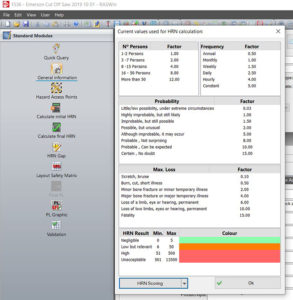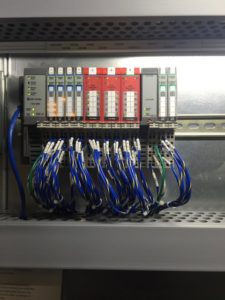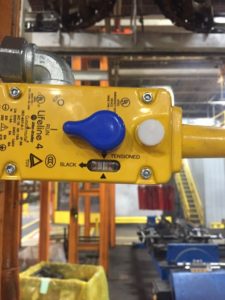The traditional and age-old view on safety design was that it was a necessary but cumbersome component of the design process. The expectation of the safety function was the protection of operators and it was a given that a reduction in productivity levels of a machine/concept would resulted. A more current view and thought is that by using technology and appropriate design concepts that the safety design process yields an increase in productivity and other measurable Key Performance Indices (KPI). It has been proven that the safety process can yield the traditional operator safety and also be a tool/process to increase machine productivity. Safety can have a positive ROI that can be measured thru KPI.
Today functional safety commonly yields a production increases by two methods.
- Use of a programable Safety PLC with use of Technology as Safe Speed, Safe Direction, Safe Position and parameter scanners that can establish multiple safe “zones”. The additional benefit of having the safety function done on a programable Safety PLC level is that the various states of the safety system can be entered into the general fault, machine state/sensor status and data logging functions. The state of safety devices can be correlated with other conditions. By knowing the specific safety event the machine “shutdown” and restart sequences can be finely adjusted to reflect the exact demands that the “safety event” places upon the machine. This is the “hardware” side of functional safety.
- Management Information, The soft side of functional safety. When the recorded states of safety devices are examined along with the traditional machine sequence steps it will yield documented insights into what is happening and how to take corrective action. How is that operator on second shift, D Crew differ from the operator on first shift A Crew?










